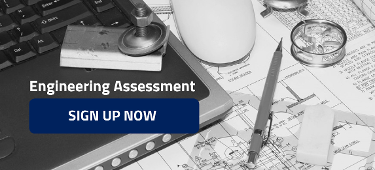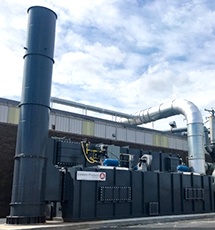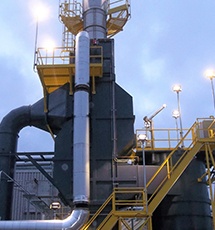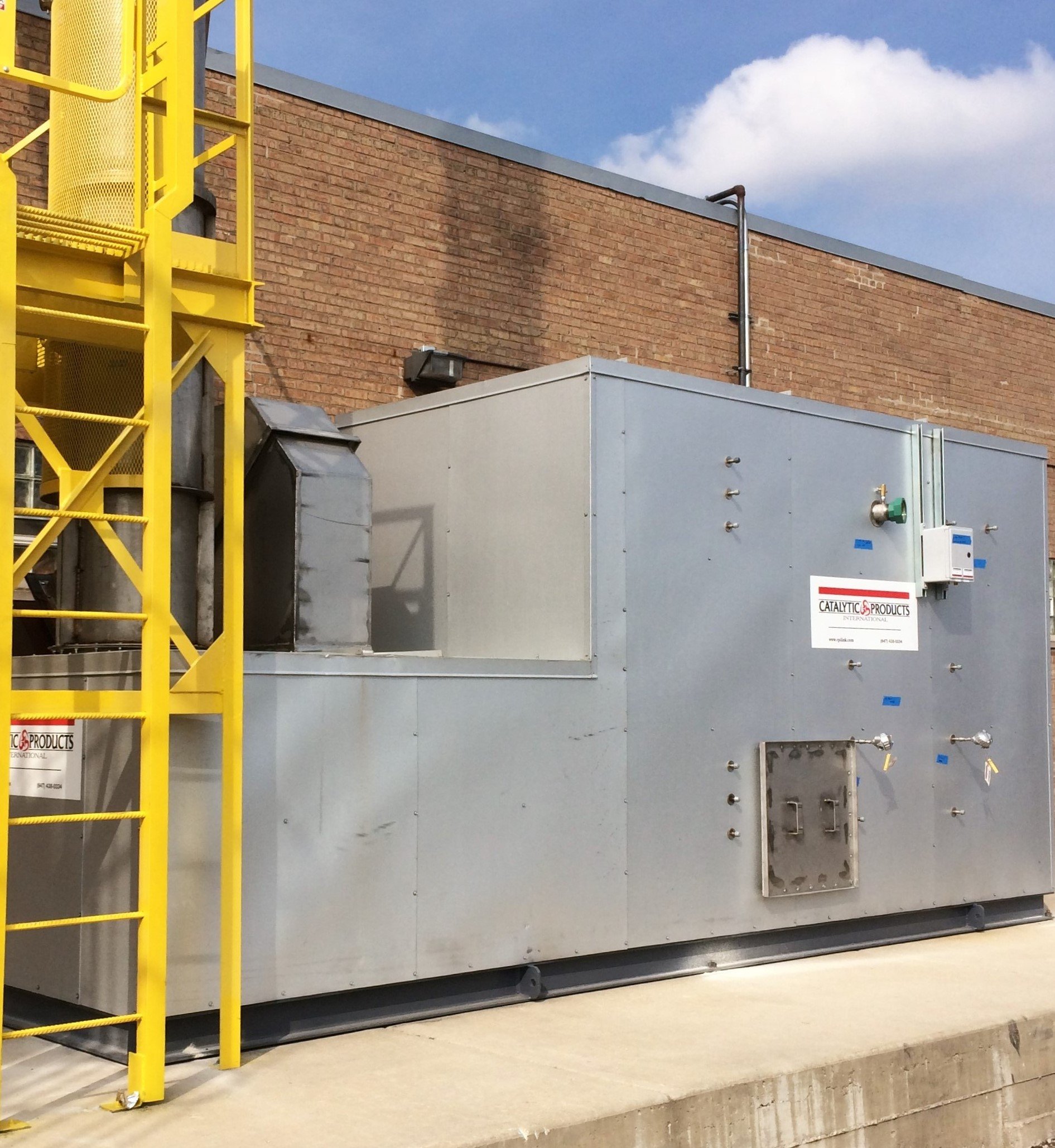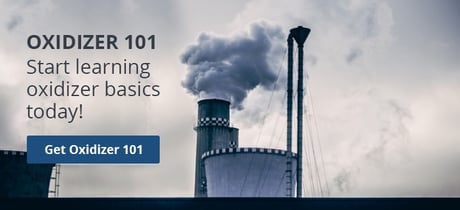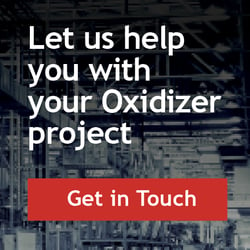Did you know that the first crewed spacecraft to leave Earth's orbit, reach Earth's moon, orbit it, and return safely to Earth (Apollo 8) was launched into space using the Apollo Guidance Computer (AGC), which had a real time operating system which enabled the astronauts to enter simple commands to control the spacecraft? The AGC was introduced in 1966 with approximately 64KB of memory, and it operated at 0.043MHz and weighed in at a mere 70 pounds (think of a toaster with start/stop/defrost buttons that would require "Team Lift" stickers on the box) yet was able to guide astronauts from the Earth to the Moon and back.

Computer technology is constantly improving, making programs more responsive (requiring more RAM), graphics more intense (requiring better graphics cards), and documents larger and more complex than before (requiring more storage capabilities). Getting the most out of your computer means investing in the newest technology.
This mindset is applicable to air pollution control technology as well. Like most everything else you buy, the components that are part of your air pollution control equipment (APC) have new, improved versions available. We wanted to share an example of how investing in new technology can make a big difference for your company:
An "Oldie" but a "Goodie"
Recently, we were contacted by a customer looking for some spare parts. The company loves the dependability of their thermal oxidizer (which was originally comissioned 20 years ago) and the relatively low maintenance it requires (they have handled their own maintenance for the better part of those 20 years, with only a few service calls needed from CPI when they required some additional expertise). While going through an inventory audit, the customer relaized they did not have some of the critical spare parts on hand. Components that are considered "Critical" are those that will shut the system down if they go bad, and they often have long delivery lead times.
Each customer has its own definition of acceptable downtime, so how do you determine what parts you need to have on hand?
Refresh or Replace?
Our aftermarket team performed an Engineering Assessment for the customer. Our engineers spent some time on site doing a complete system analysis, and they determined that the oxidizer itself was in good shape, but refreshing the system with some automation and control upgrades would be a cost-effective way to continue to use the oxidizer.
The controls that needed to be updated included the PLC Operator Interface. The current operator interface had been discontinued by the manufacturer over ten years ago. This presented the customer with a dilemma. As with many components, it would be possible to find a “used” or “refurbished” interface on Ebay, but did they want to depend on a used component to keep their facility operating? They might have been able to get lucky and source a “new in box” original PLC processor; however, even if they were able to find a new part, did it make sense to purchase technology that has been phased out, with little chance of finding a replacement if it fails in the near future?
Ultimately, it made more sense to replace the PLC with one of the latest and greatest PLC processors being manufactured today. By upgrading to the latest technology, the customer was able to utilize more capabilities and features than he did 20 years ago. Data was available at a push of a button, including the ability to view the oxidizer status remotely and trend amp usage, gas usage, and temperature profiles with a single click.
With this new interface in place, the system was no longer under the threat of shutting the plant down in the case of a failure. With replacement parts readily available, the customer was able to have the peace of mind that their operations would be able to continue running.
You may want to consider an Engineering Assessment or refresher training in operations and maintenance. The return on investment is significant. Not only will a professional performance audit pay for itself in energy costs, but you may head off a looming major catastrophe or identify an operational scenario that puts your compliance permit into jeopardy. Not to mention, the training of new staff or re-training of existing staff has obvious benefits in and of itself.
Request Service Online and Save Money
CPI would like to make sure that if the unexpected happens to your oxidizer, you can recover quickly. We can review your system’s components and recommend the correct critical and consumable spare parts you should have on hand. For more information, please click below:


